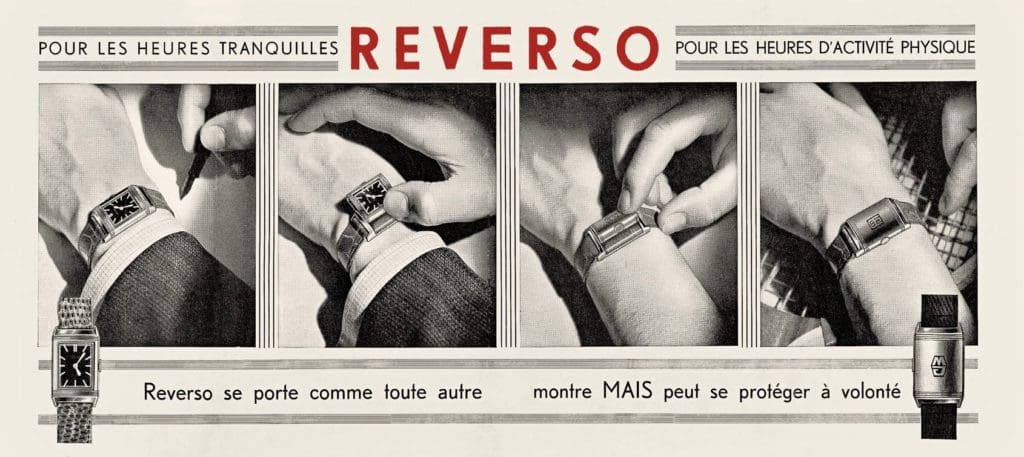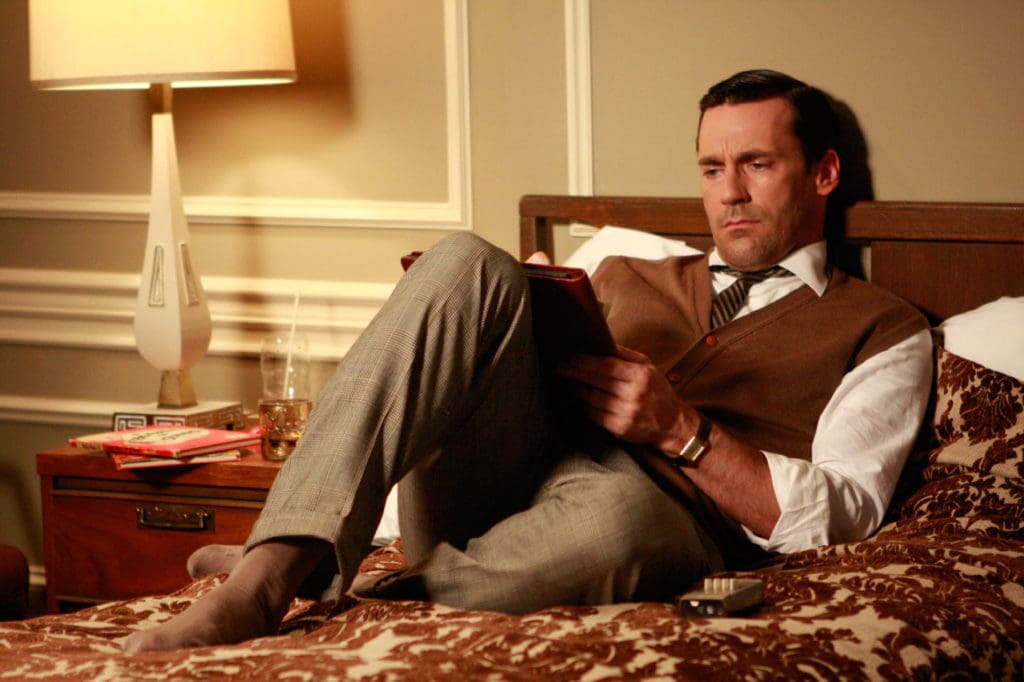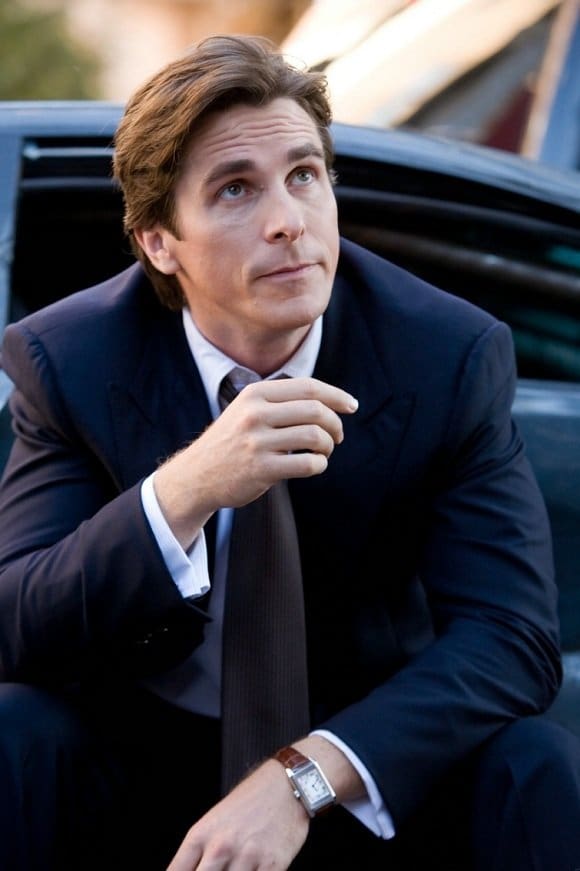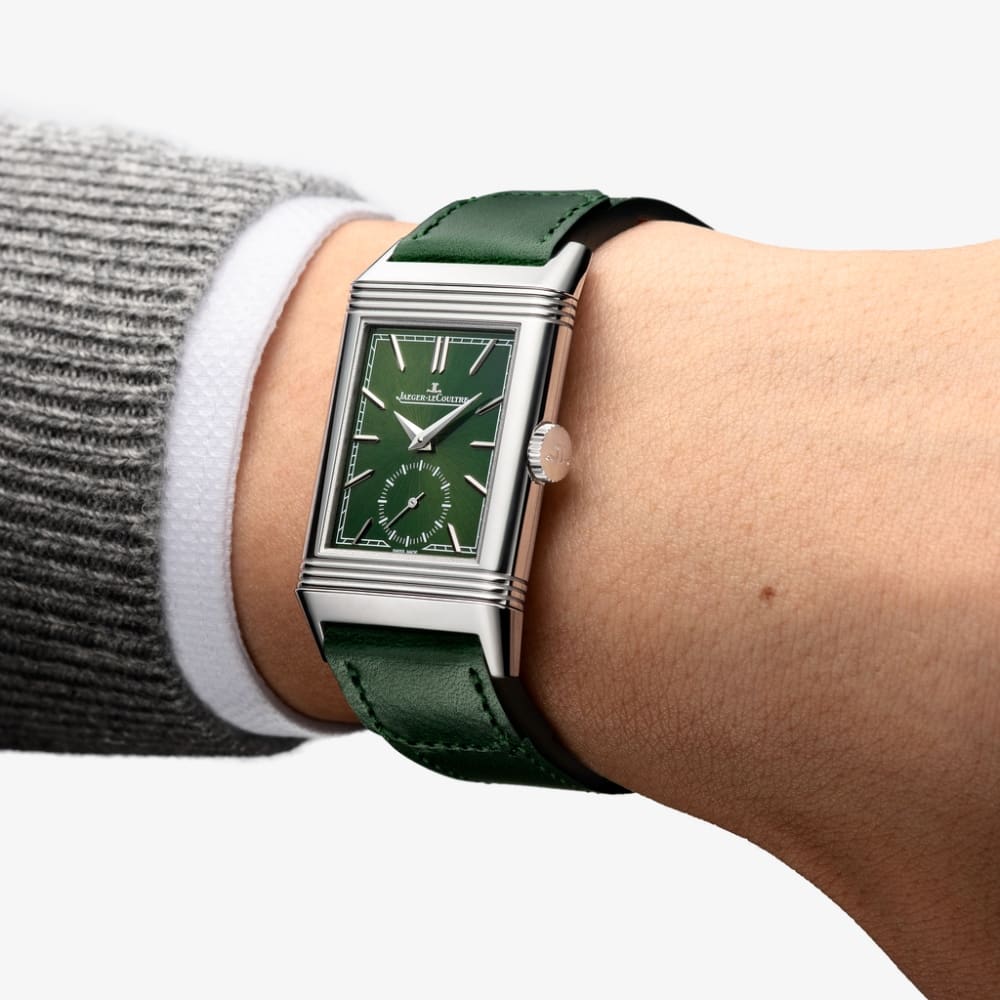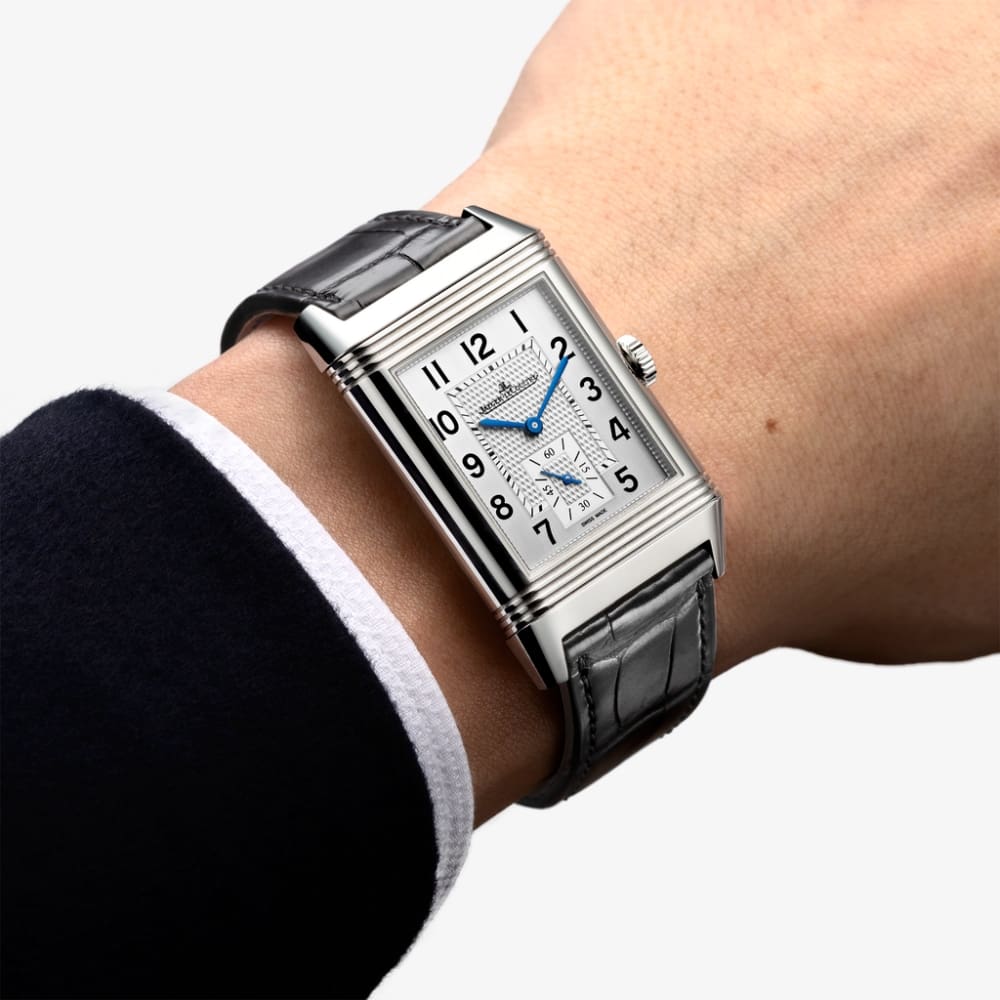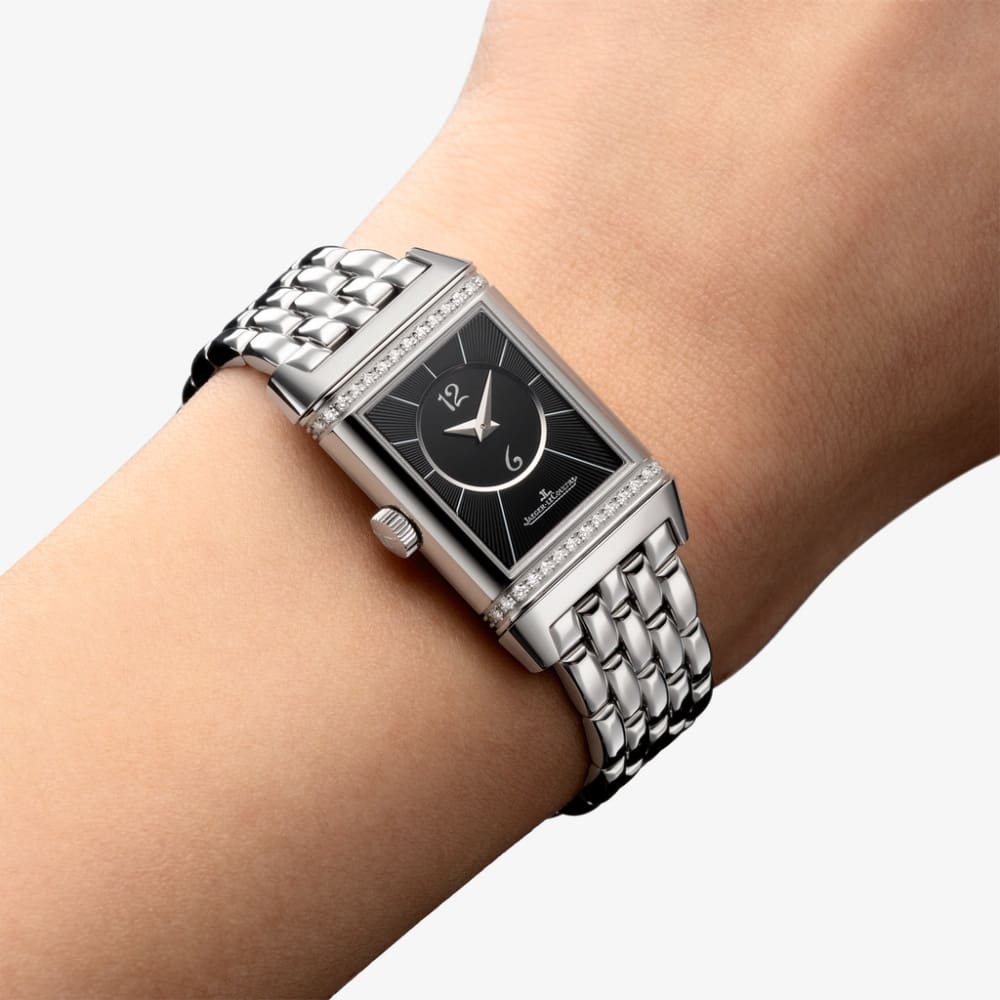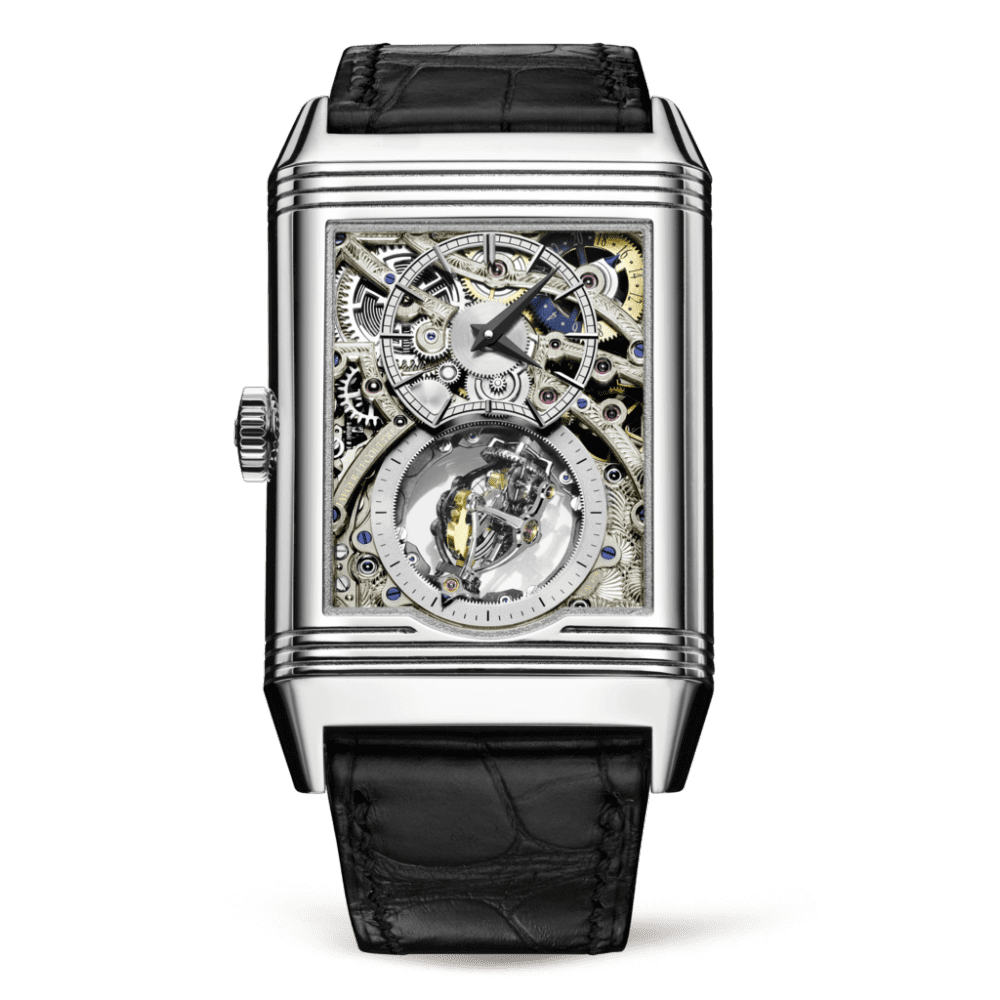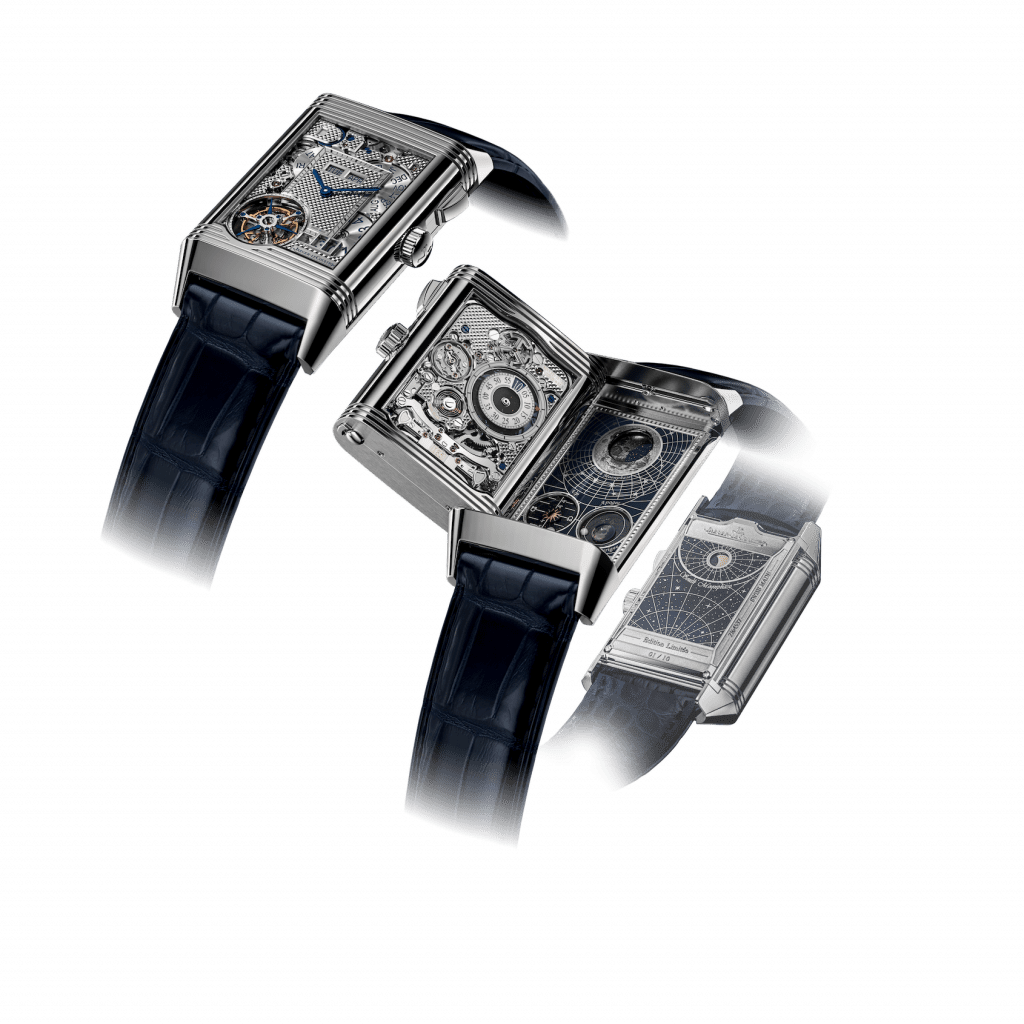Turning back time with the evolution of the Jaeger-LeCoultre Reverso
D.C. HannayWelcome to The Icons, a T+T series where we take a horological deep dive into the most legendary watches of all time. We’ll delve into the story behind each watch, its evolution over the years, famous (and infamous) wearers, the classic references, and the contemporary versions you should be checking out. This week it’s the Jaeger-LeCoultre Reverso.
Introduction
An old adage says, “there are two sides to every story”, and never has this been more true than in the case of this installment of The Icons. Jaeger-LeCoultre may not be a household name on par with Rolex, but among watch collectors, the marque is legendary. The JLC story begins with the partnership of two accomplished watchmakers, Switzerland’s LeCoultre and France’s Jaeger, who pioneered some of the most groundbreakingly thin movements of their time. Their collaboration eventually gave rise to Jaeger-LeCoultre’s most iconic design, the ingeniously double-sided Reverso. And in this story, we’ll trace the connections between high horology, the DC Comics cinematic universe, and the sport of polo in Colonial India. Don’t believe me? Strap in, my friend.
Early History of the Jaeger-LeCoultre Reverso
Already a well-established watchmaking maison by the early part of the 20th century, LeCoultre & Cie was tasked with a unique challenge: designing a wristwatch for British Army officers stationed in India that could withstand the rigours of competitive polo. A super-specific problem to be sure, but LeCoultre came up with a unique solution in 1931: a patented reversible watch case, which protected the face by sliding horizontally to one side and flipping over, exposing the solid caseback, and thus protecting the sapphire crystal and the dial behind from flying polo balls and errant mallets. The players wore helmets, so why shouldn’t their watches? Other watchmakers had created different protection schemes in the past, including metal bars that formed a sort of grille across the watch crystal, but the forehead-smacking simplicity and functionality of the design made it a real “why didn’t I think of that?” moment, and so the iconic Reverso was born.
And after several years of collaborating on various projects, Jaeger and LeCoultre finally made it official in 1937, becoming one entity as Jaeger-LeCoultre.
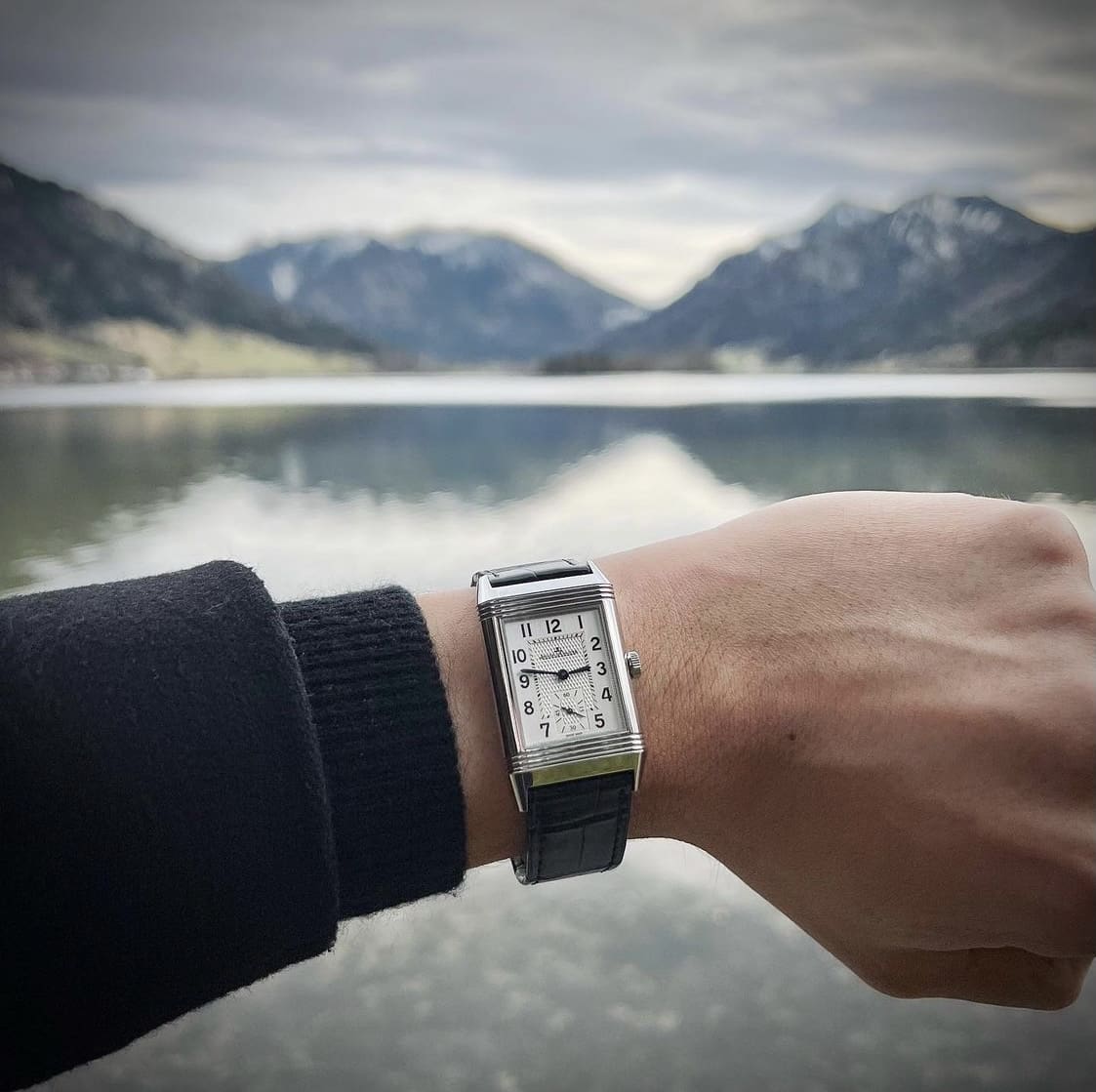
Rise To Fame
What the Reverso did have in common with the Cartier Tank and other rectangular watches of the day was a strong Art Deco aesthetic. Besides the rectangular case, the Reverso also featured artistic touches such as dial designs that reflected the tastes of the era, and most notably, their trademark gadroons, three engraved horizontal grooves running along the top and bottom of the case. This design is a JLC hallmark that continues today. The reverse of the case was also prime real estate for other artful elements, including personalised engravings and lacquered or enamelled designs. It’s not uncommon for the casebacks to feature miniature paintings, a tradition that Jaeger-LeCoultre upholds today in certain special editions of the Reverso. The Reverso may have fallen in and out of fashion over the years, but its core design has remained, and the line-up today is broad and diverse, with many different complications and variations available. I’ll explore some of my favourites from the current models below.
In popular culture, one of the most iconic wearers of the Reverso has to be actor Jon Hamm in AMC’s Mad Men, as troubled Madison Avenue ad exec Don Draper. As it turns out, Draper is a reinvention of the character’s real identity, Dick Whitman. In keeping with the note-perfect production design of the show, there couldn’t be a more appropriate timepiece than the Reverso to reflect Don’s hidden side. Too bad a skeletonized version of the Reverso didn’t exist in the 1960s, if you catch my drift.
Since his debut in 1939, Batman has always lived a double life, and that duality shows up all over the character’s timeline. Pointedly, actor Christian Bale’s portrayal of Bruce Wayne/Batman in the Christopher Nolan films is rife with references to a secret identity (and/or split personality), and that includes his timepiece. The Reverso is an under-the-radar choice for a playboy billionaire, but Bale’s Bruce Wayne has exquisite taste, and an elegant wristwatch with a hidden side is just too good to resist for someone with his dark sensibilities.
Famous Wearers
An icon himself, hip-hop mogul Jay-Z has been spotted with several Reversos as part of his staggering collection of prestigious timepieces, notably a pink gold Grande Reverso Ultra Thin Tribute to 1931 variant, with an engraving of Carnegie Hall on the reverse.
X-Men and Mad Max: Fury Road star Nicholas Hoult is a Jaeger-LeCoultre brand ambassador, who’s been seen with several JLCs, including a Reverso Classic Small Seconds, engraved with his son’s initials on the flipside. Les Misérables and Mamma Mia! actress Amanda Seyfried, another JLC ambassador, loves the Reverso, and the back of hers features an engraving of her beloved rescue dog.
James Bond may only wear Omega these days, but the 007 of GoldenEye fame, Pierce Brosnan, counts a white-dialled yellow gold Reverso among the timepieces in his diverse portfolio.
Favourite Models
And now, a look into my picks from the current Reverso lineup that make me do a double take (sorry).
First up is one of the hottest releases of 2021, the Tribute Monoface Small Seconds, a manual-winder in luxurious shades of blue, burgundy, and the crowd-favourite green. I love the simple, yet elegant applied indices and dauphine hands, and all three look divine with their colour-matched calfskin straps.
Here’s one for the globetrotter, the dual time zone Reverso Classic Duoface Small Seconds, which features a second face on the reverse with a day/night indicator. The front dial features silver vertically brushed and guilloché finishing, and the second dial is resplendent in velvety black guilloché, making for one elegant travel companion.
If Bruce Wayne can rock the Reverso, why not Selina Kyle? The day-to-evening Reverso Classic Duetto, a smaller cousin of the Duoface (but without the two time zones), features a manually wound movement, a stainless bracelet, and a sinuous black-dialed reverse side set with diamonds, perfect for the switch from daytime to the nocturnal activities of, say, Catwoman?
Now here is where JLC really launches the Reverso into the stratosphere of haute horology. The limited-to-75-pieces platinum Hybris Mechanica Calibre 179 Reverso Tribute Gyrotourbillon is a breathtaking exercise in the watchmaker’s art. The two faces feature dual time zones, that hypnotic spherical gyrotourbillon, and an unreal visual spectacle of openworked componentry, with high-end finish work on virtually every surface of the 52-jewel movement. As befits such a spectacular timepiece, price is “on demand”.
From the divine to the properly insane, we finish with the utter audacity of the Reverso Hybris Mechanica Calibre 185 Quadriptyque, the white gold ruler of the Reverso kingdom. A limited edition of ten, this absolute behemoth of a timepiece clocks in at a substantial 51.2 by 31mm, with a case height of 15.5mm, and with good cause. The oversized case is needed to house the four separate faces and eleven complications, which require a staggering 800 components. That is not a misprint. They include a flying tourbillon, a big date instantaneous perpetual calendar, a chiming minute repeater, Northern hemisphere moon phase with month, year, and lunar month, and Southern hemisphere moon phase. That’s not even the entire list of functions, but you get the point.
Finishing is ultraluxe, with lacquer and enamel work everywhere you look. And you get all this for a mere $1.6 million USD. The capper? The spectacular wooden presentation box enables quick setting of all the complications, which has to be seen to be believed.
It doesn’t get much more iconic than a backstory as unique as the Reverso’s. It’s been around for over 90 years, and by the look of things, shows no signs of slowing. That longevity proves Jaeger-LeCoultre’s ability to truly, pardon the expression, turn back time.





